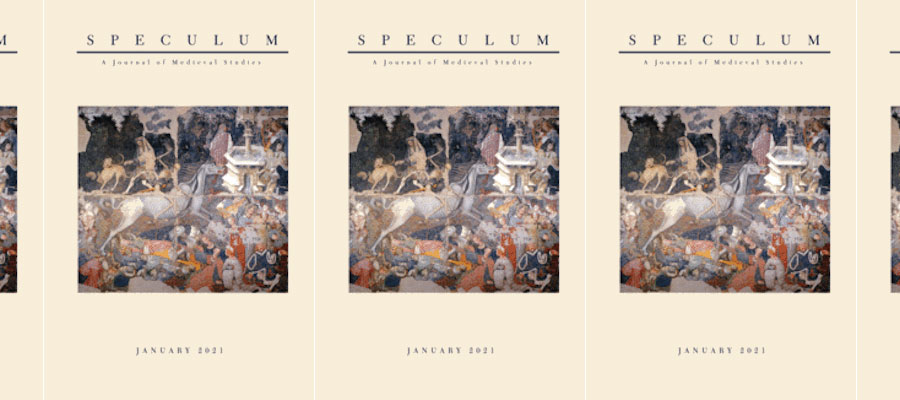Hannah Barker. "Laying the Corpses to Rest: Grain, Embargoes, and Yersinia pestis in the Black Sea, 1346–48." Speculum, volume 96, number 1 (January 2021). DOI: https://doi.org/10.1086/711596
When, how, and why did the Black Death reach Europe? Historians have relied on Gabriele de’ Mussi’s account of Tatars catapulting plague-infested bodies into the besieged city of Caffa on the Crimean Peninsula. Yet Mussi spent the 1340s in Piacenza; he had no direct knowledge of events in Caffa. Sources by people present in the Black Sea during the Second Pandemic, including Genoese colonial administrators, Venetian diplomats, Byzantine chroniclers, and Mamluk merchants, offer a different perspective. They show that the Venetian community at Tana played an important role in plague transmission; that it took over a year (from spring 1346 to autumn 1347) for plague to cross the Black Sea to Constantinople; that people crossed the Black Sea in 1346 but commodities did not because of a series of trade embargoes; that grain was one of the most important Black Sea commodities in both volume and strategic value; and therefore that the embargoes of 1346 delayed plague transmission by temporarily halting the movement of grain with its accompanying rats, fleas, and bacteria. When Venice, Genoa, and the Golden Horde made peace and lifted their embargoes in 1347, both the grain trade and the spread of plague resumed.
